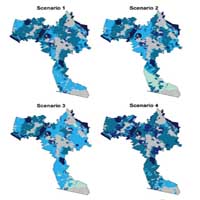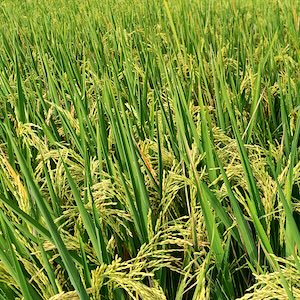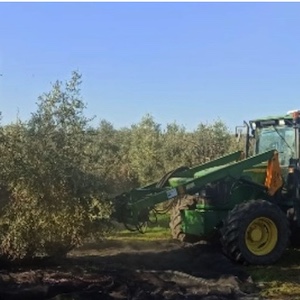Definition of a land quality index to preserve the best territories from future land take. An application to a study area in Lombardy (Italy)

All claims expressed in this article are solely those of the authors and do not necessarily represent those of their affiliated organizations, or those of the publisher, the editors and the reviewers. Any product that may be evaluated in this article or claim that may be made by its manufacturer is not guaranteed or endorsed by the publisher.
Authors
Land take is a process of land-use change in which the agricultural and natural land is taken by residential, industrial, infrastructure and other developments. This change causes the loss of a non-renewable resource, such as the agricultural/natural soil, and the relative natural, cultural and landscape resources. The growing awareness about the loss of ecosystem services related to land take led developed countries to try to reduce the quantity of land taken with new laws and regulations. The European Union has set the goal of zero land take by 2050. It is not only a problem of limiting and slowing down the phenomenon, but it is always clearer that the quality of the land taken has to be assessed and adequately considered during the land-use planning process. In fact, in some cases like in the Lombardy Region, the law focuses not only on reducing the amount of land take, but also on limiting the loss of land with high qualities, requiring municipalities to assess the productive, naturalistic and landscape qualities of the territory. In this paper, the authors develop, using the geographical information system technology, a methodology to define and calculate a composite land quality index (LQI). The methodology has been applied to a case study in the Lombardy region and has allowed to assess the quality of the territory in a rigorous and transparent way using available official data. In order to take into account the relative importance that stakeholders and land-use planners can give to the different components of LQI, analytic hierarchy process has been performed ad 4 different scenarios have been developed. LQI can support the land-use planning process in an ex-ante evaluation of different transformations hypotheses and in the definition of quality-based quantitative thresholds and monitoring of their trend over the time.












